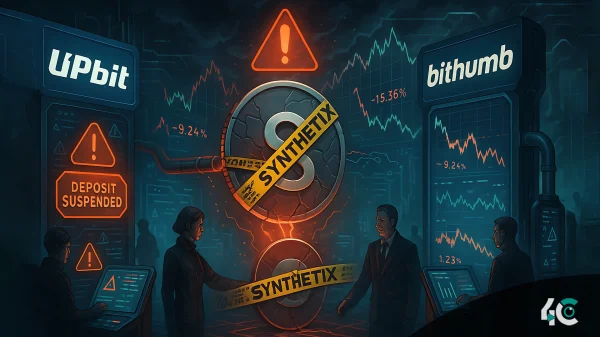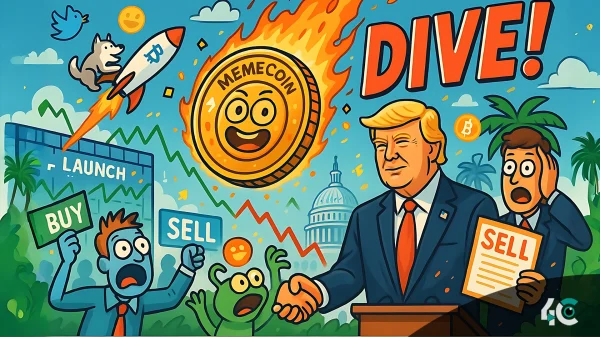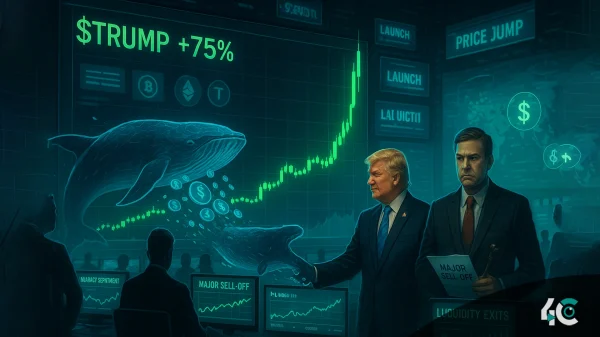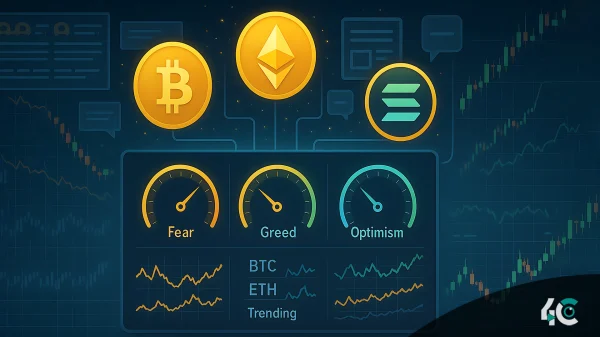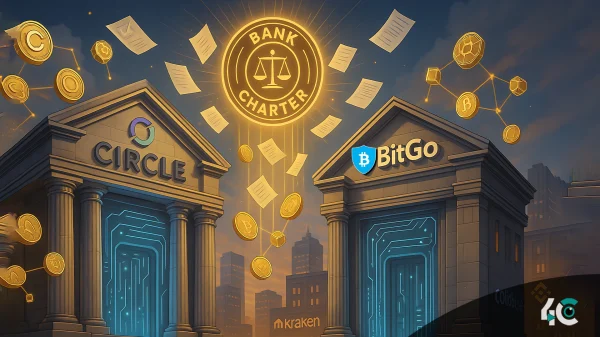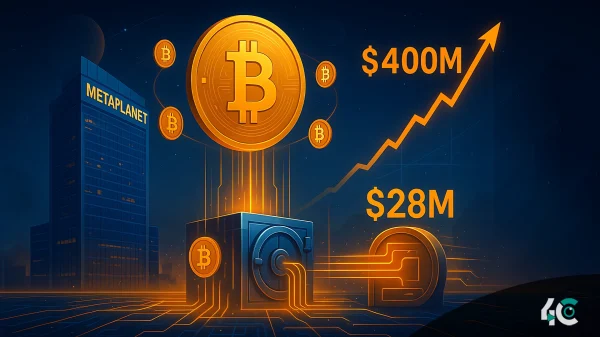A new notion has surfaced regarding Satoshi Nakamoto’s identity. Researchers believe that the enigmatic creator of Bitcoin has been secretly selling Bitcoin from 2010 accounts since 2019, while avoiding any activity with the earlier 2009 wallets.
Bitcoin research firm BTCparser presented the idea on November 19, based on a collection of Bitcoin wallets generated in 2010. Each wallet had 50 BTC and stayed inactive until what academics refer to as the “awakening” in November 2019. This generated the concept of the “2010 Megawhale,” which may be related to Nakamoto.
Tracing TransactionsWe combined the cash from these wallets into a single P2SH address, a commonly used escrow address, and then distributed it to several bech32 addresses. This contemporary wallet format maximizes blockchain space while lowering transaction fees.
The first known Bitcoin sale took place in November 2019 for $5 million. Subsequent sales between March and October 2020 reached $6-8 million and $11-13 million, respectively. The most recent and largest transaction, totaling $176 million, occurred on November 15, 2024.
The trend of these transactions, which increase in size over time, corresponds to Bitcoin’s rising value, indicating a deliberate cash-out strategy by the entity administering these wallets.
Strategic anonymityThe argument suggests that Nakamoto’s decision to exclusively use 2010 wallets could stem from a desire to safeguard their identity. By leaving the 2009 wallets alone, they avoided bringing attention to Bitcoin’s first and most visible holdings.
Observers believe Coinbase, the exchange that handled the liquidated Bitcoin, might hold information about the identity of this “2010 Megawhale.” However, if intermediaries were involved, identifying the individual or organization responsible for the transactions may prove challenging.
Satoshi Nakamoto’s identity remains a mystery, and hypotheses such as the “2010 Megawhale” continue to pique the crypto community’s interest and debate. Whether or not this explanation holds true, it adds another fascinating chapter to the story of Bitcoin’s origins.



